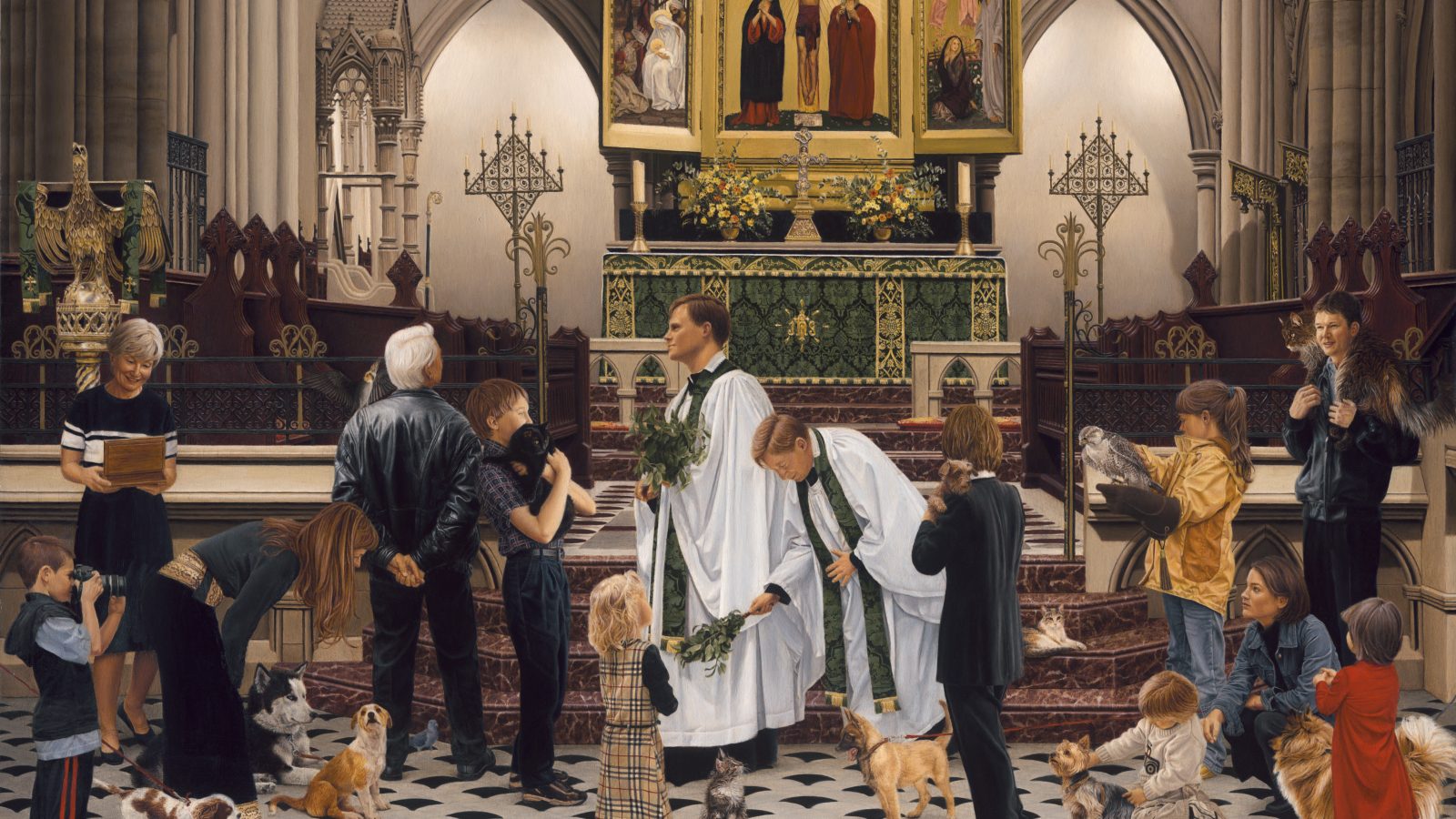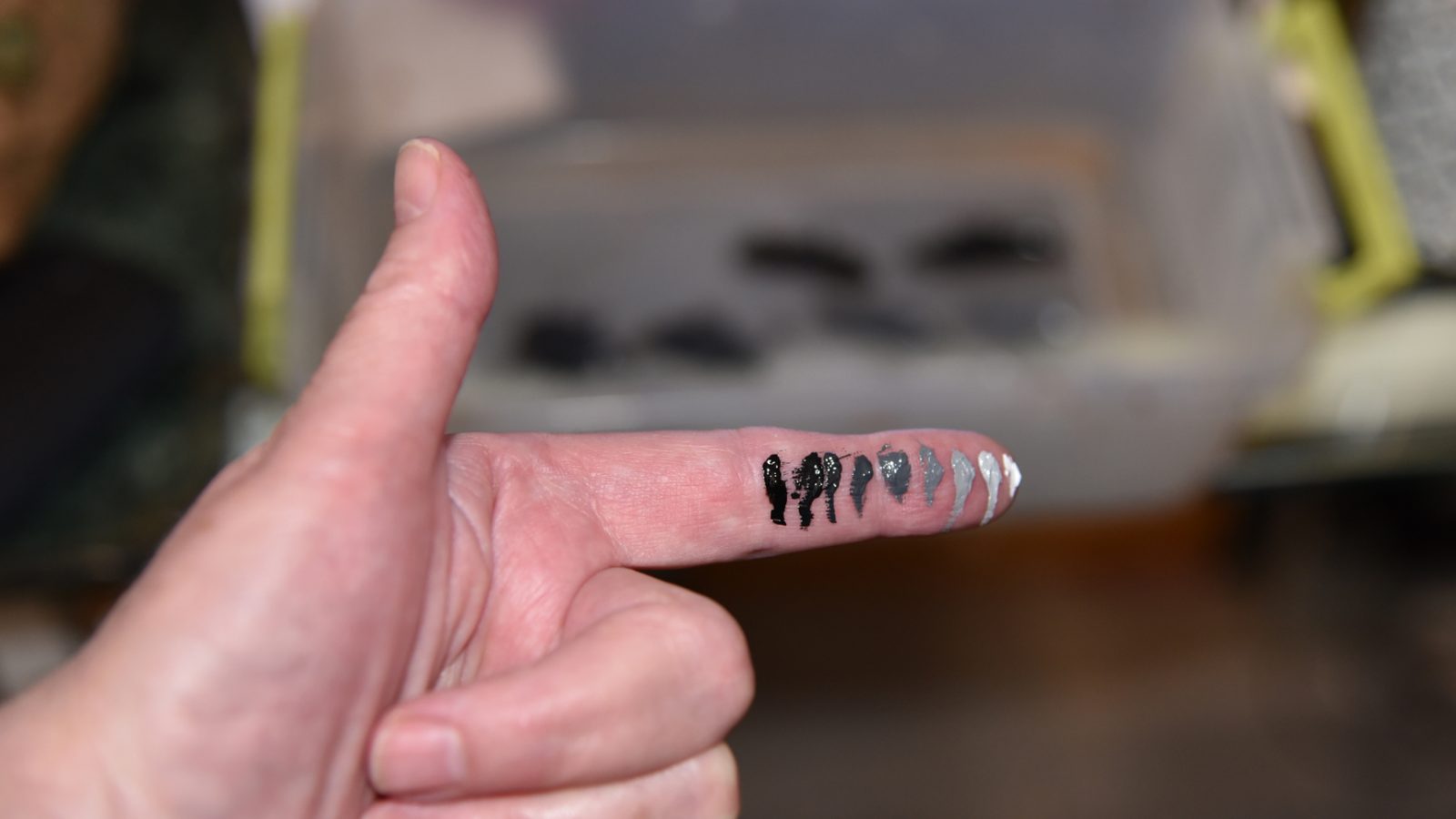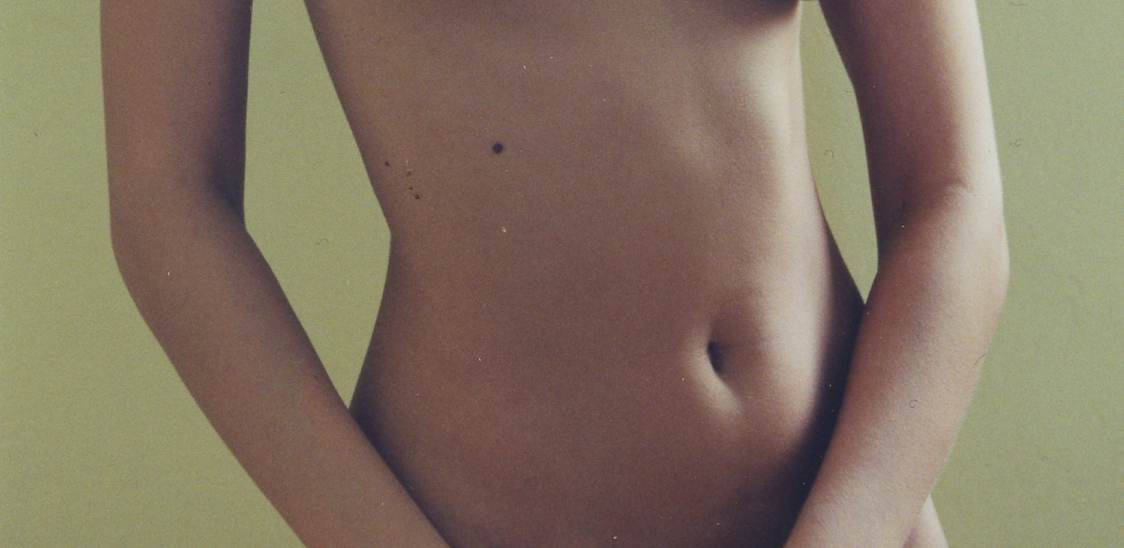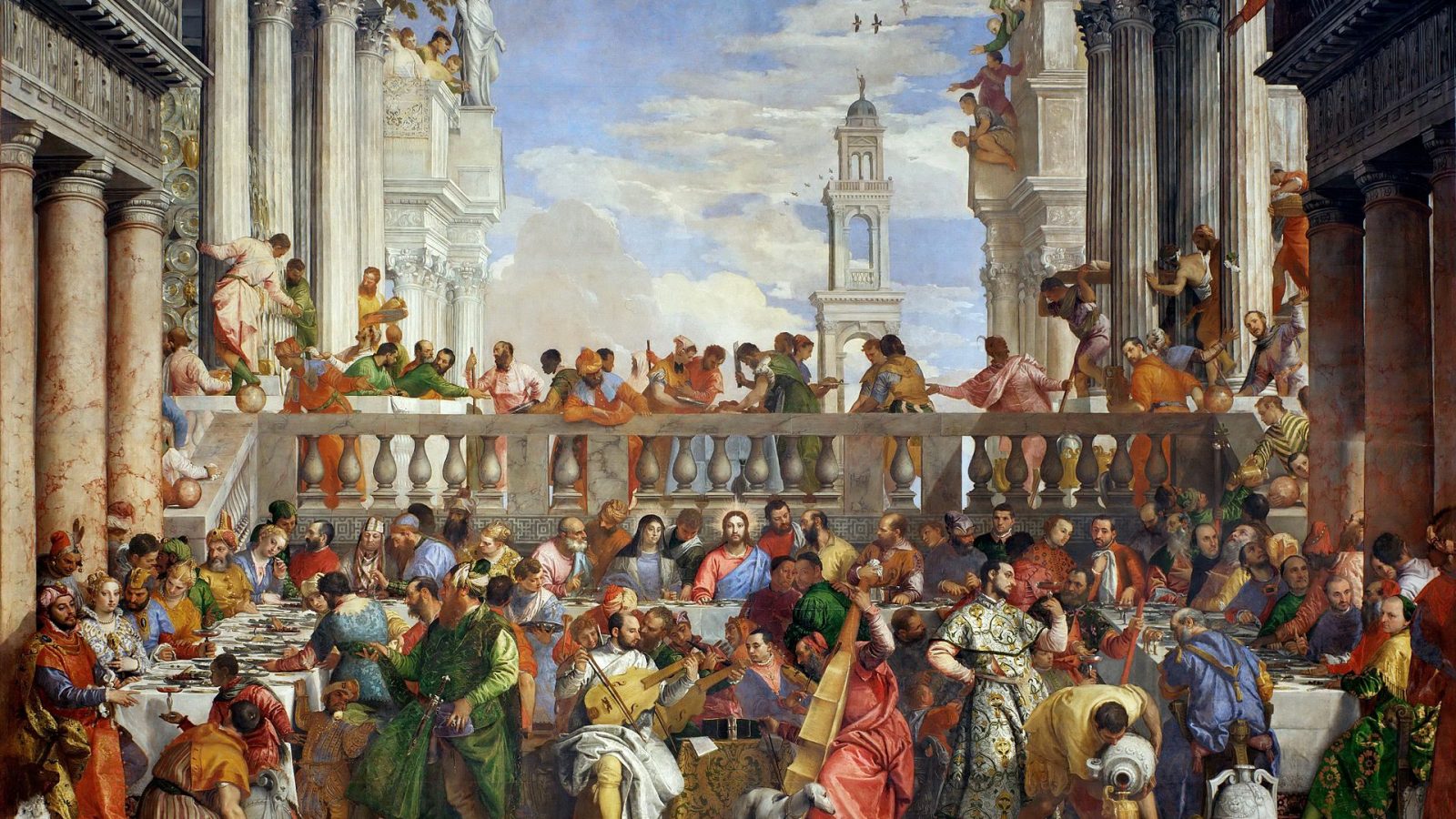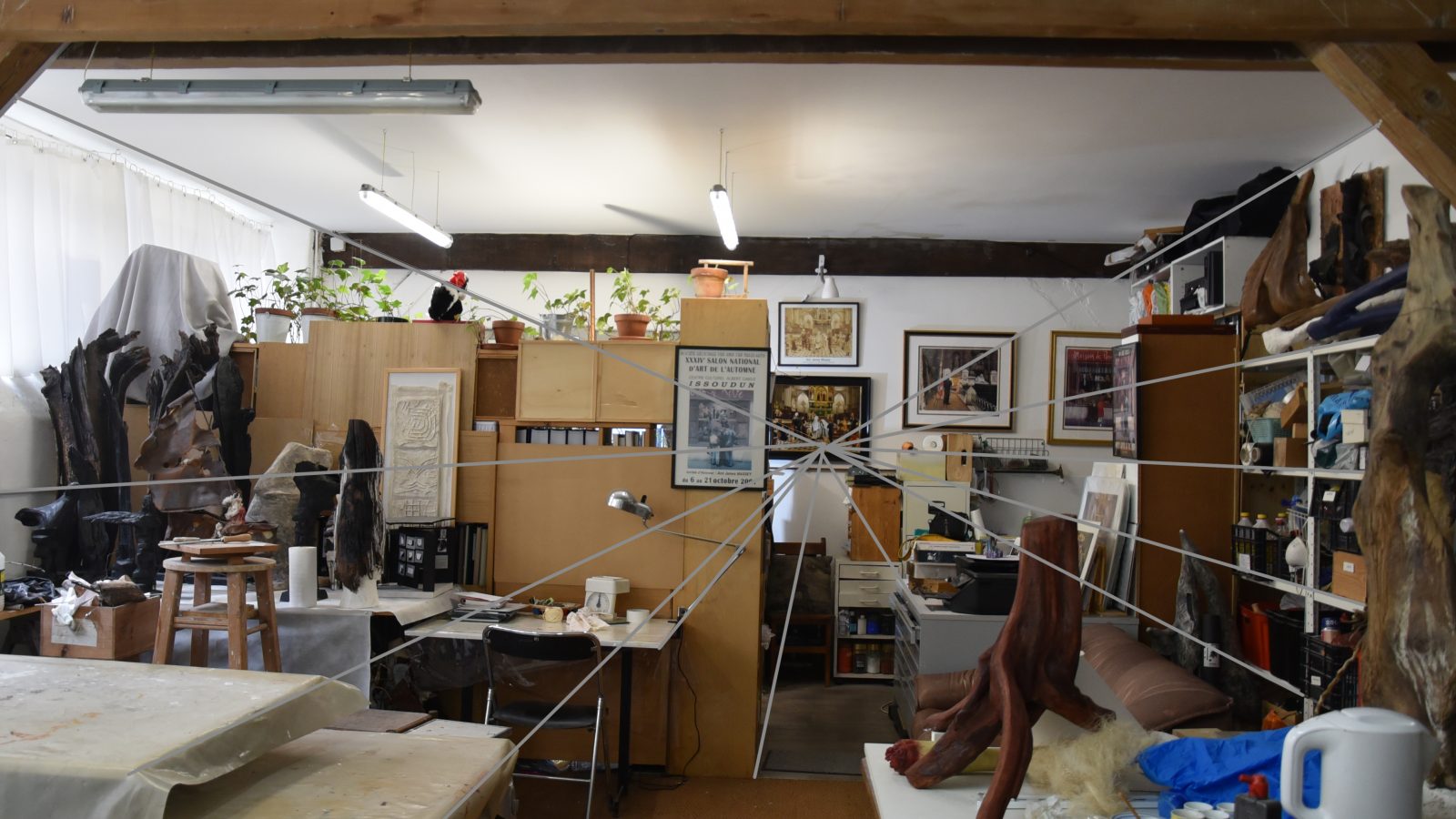It has always been in my mind to pay homage to the presence of animals and spiritual support in my life (not to forget family and friends), as well as to the techniques, composition and extraordinary art left to us by the artists of the past. The seeds were planted in the late nineties for the perfect integration of these major influences when I heard of the Blessing of the Animals service in my spiritual home in Paris, The American Cathedral.
The Blessing of the Animals ©2017 Ann James Massey17in x 23in | 43.2cm x 58.4cmOil on mahogany boardHover over the image to zoom in and see the detail or Click to view the full size image in a new tab
This yearly service is held in innumerable churches on or near October 4th to celebrate the feast day of St. Francis of Assisi. As…

